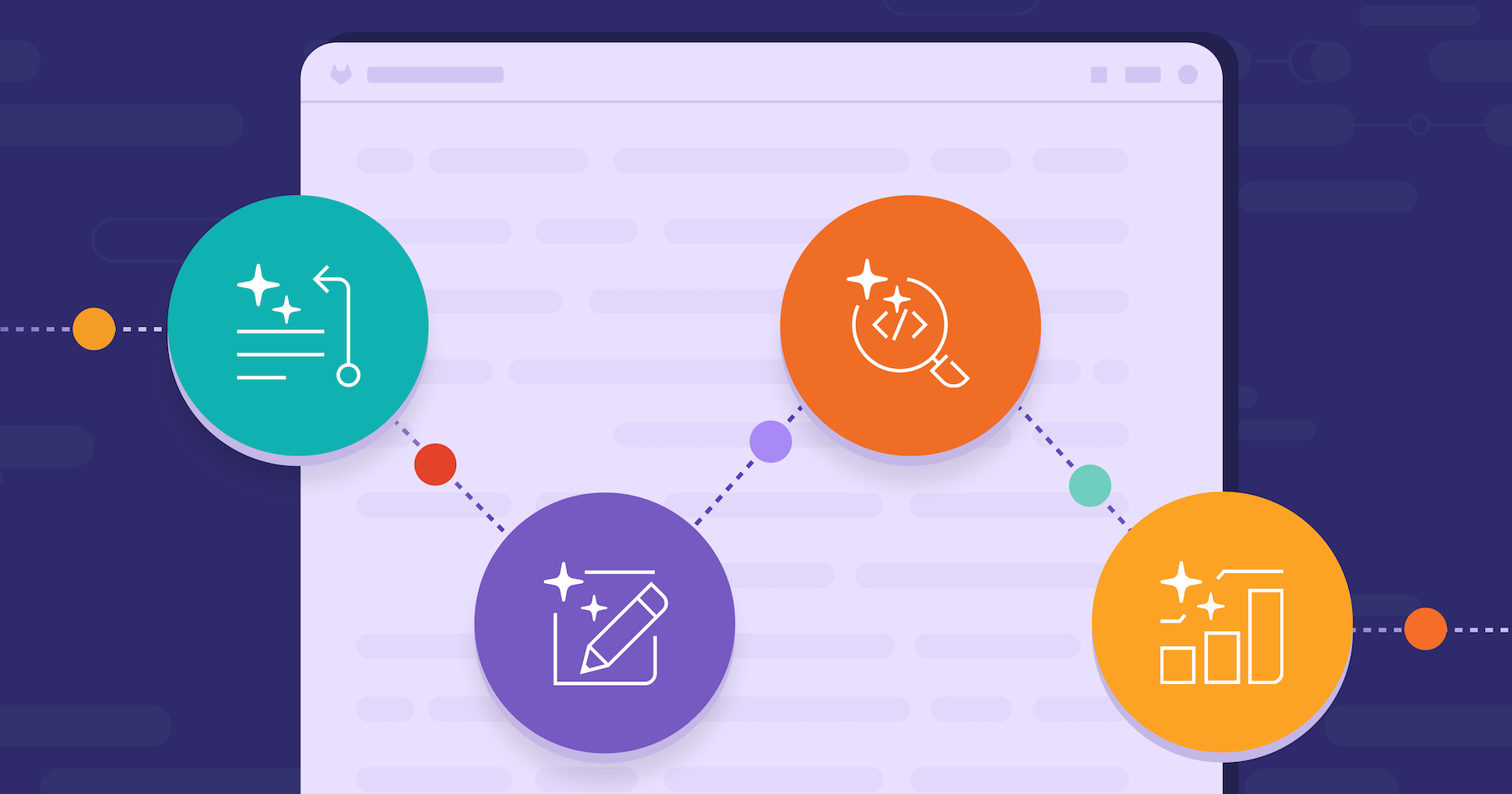Artificial intelligence (AI) has rapidly evolved into a core part of organizations' technology stacks. AI-powered productivity tools promise to enhance efficiency by automating repetitive coding tasks. However, many organizations are struggling to quantify the business impact of their AI initiatives and are reevaluating metrics to ensure they align with desired outcomes, such as revenue growth or customer satisfaction. This is crucial for making informed decisions about AI usage.
Historically, measuring developer productivity has been challenging, with or without AI-powered tools. Research conducted by GitLab found that less than half of CxOs are happy with their organizations’ current approach to measuring developer productivity, and 36% feel their current productivity measurements are flawed.
Evaluating the productivity of AI-enhanced coding requires a more nuanced approach than traditional metrics such as lines of code, code commits, or task completion. It necessitates shifting the focus to real-world business outcomes that balance development speed, software quality, and security.
Here are a few steps organizations can take today to ensure they can measure the full impact of AI on software development processes.
1. Set clear goals for implementing AI
When implementing AI in software development, organizations must have clear goals and key performance indicators (KPIs) in place to measure success. This includes both short-term and long-term objectives that align with the overall business strategy. For example, a short-term goal could be to reduce code review time by 30% using AI-powered tools, while a long-term goal could be to improve customer satisfaction ratings through faster release cycles and higher quality code.
Additionally, organizational leaders should involve developers in setting these goals and metrics. Developers have firsthand experience with the impact of AI on their work and can provide valuable insights into how it has improved or hindered productivity. GitLab research showed that 63% of developers expect AI to significantly change their role in the next five years, and 56% feel that introducing AI into the software development lifecycle is risky. By asking developers where they see opportunities for AI to help them, as well as where they have concerns about AI, organizations can create more meaningful and relevant success metrics that reflect the actual business impact of AI on software development teams.
It's also important for organizations to regularly revisit and reevaluate these goals as they continue to integrate AI into their processes. Technology evolves quickly, and so do business processes and priorities. Setting clear goals allows teams to track progress and make adjustments as necessary.
2. Look beyond coding metrics
Productivity is more than acceptance rates or lines of code generated. Developers spend more than 75% of their time on tasks other than code generation. Efficient use of AI could therefore reduce the time developers spend reviewing, testing, and maintaining code.
In order to fully realize and appreciate the benefits of AI-aided software development, organizations should focus on a holistic view of AI's impact on productivity and their bottom line across the software development lifecycle (SDLC). The optimal approach combines quantitative data from the entire SDLC with qualitative insights from developers about AI's real impact on their daily work and its influence on long-term development strategies.
One effective measurement technique is the DORA framework, which assesses a development team's performance over a specific period. DORA metrics evaluate deployment frequency, lead time for changes, mean time to restore, change failure rate, and reliability. These performance metrics provide visibility into a team's agility, operational efficiency, and velocity, serving as proxies for how well an engineering organization balances speed, quality, and security.
Furthermore, teams should utilize value stream analytics to examine the complete workflow from concept to production. Value stream analytics continuously monitors metrics such as lead time, cycle time, deployment frequency, and production defects, focusing on business results rather than individual developer actions. This comprehensive approach surfaces data-driven insights to ensure a more productive and efficient development process.
3. Prepare for growing pains
While AI can accelerate code production, it can also contribute to technical debt if the resulting code lacks quality and security. AI-generated code often demands more time for review, testing, and maintenance. Developers might save time using AI initially, but this time is likely to be spent later in the software development lifecycle. Furthermore, any security flaws in AI-generated code will need attention from security teams, requiring additional time to address potential issues. As a result, development and security teams may initially be skeptical of AI.
To start, teams should develop best practices by working in lower-risk areas before expanding AI applications. This cautious approach ensures safe and sustainable scalability. For instance, AI can facilitate code generation, test generation, syntax correction, and documentation, helping teams build momentum and improve results while learning to use the tool more effectively.
Productivity might dip initially as teams acclimate to new workflows. Organizations should provide a grace period for teams to determine how best to integrate AI into their processes.
4. Integrate AI holistically with a DevSecOps platform
One way organizations can ease the growing pains of implementing AI in their development processes is by utilizing a DevSecOps platform that integrates AI capabilities - such as AI-powered code generation, discussion summaries, and vulnerability explanations - throughout the software development lifecycle. DevSecOps platforms provide a centralized and streamlined workflow for both developers and security teams, allowing them to collaborate more effectively and catch potential issues earlier in the development process.
AI-powered code review and testing tools within a DevSecOps platform can help identify and address security flaws or coding errors before they make it into production. This not only saves time but also reduces technical debt and improves overall software quality. When AI tools are part of an integrated platform, teams can also blend AI with root cause analysis to fix errors in CI/CD pipelines and release secure code faster. The goal is to apply automated code quality scanning and security scanning to all of the code the organization is producing, especially AI-generated code.
In addition, teams can easily track the ROI of AI with a platform's built-in analytics, which provide valuable insights such as the impact of AI on productivity.
AI will play a critical role in the evolution of DevSecOps platforms, reshaping how development, security, and operations teams collaborate to accelerate software development without sacrificing quality and security. Business leaders will want to see how their investments in AI-powered tools are paying off - and developers should embrace this scrutiny and leverage the opportunity to showcase how their work aligns with the organization’s broader goals.
By adopting a holistic approach that evaluates code quality, collaboration, downstream costs, and developer experience, teams can leverage AI technologies to enhance human efforts while also driving business impact.
Next steps
How to get started using AI in software development
Learn how to strategically implement AI to boost efficiency, security, and reduce context switching. Empower every member of your team with AI capabilities.
Download the guideLearn how to strategically implement AI to boost efficiency, security, and reduce context switching. Empower every member of your team with AI capabilities.
Frequently asked questions
Key takeaways
- The effectiveness of AI in software development should not be measured solely by productivity metrics like code generation, but also by considering the impact of AI on error rates, maintenance, testing, and security.
- Successful AI integration requires a holistic approach that combines data-driven insights from the entire software development lifecycle with qualitative insights from developers about AI's real impact on their work and strategies.
- With the right approach, AI can enhance collaboration, improve customer experience, and support business goals without compromising software quality or security.

